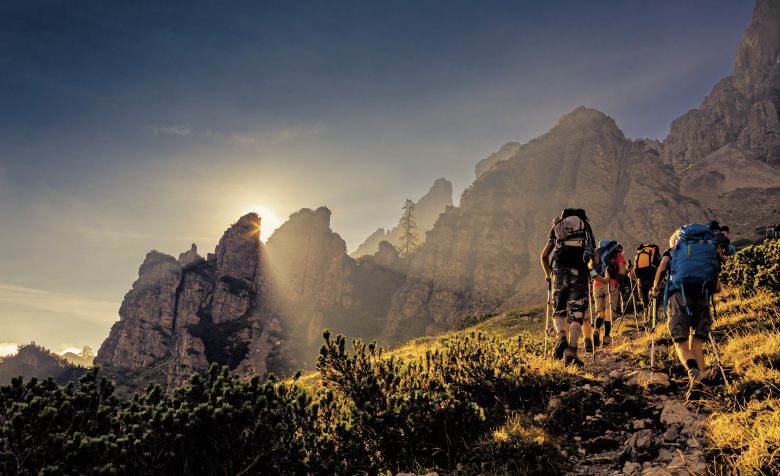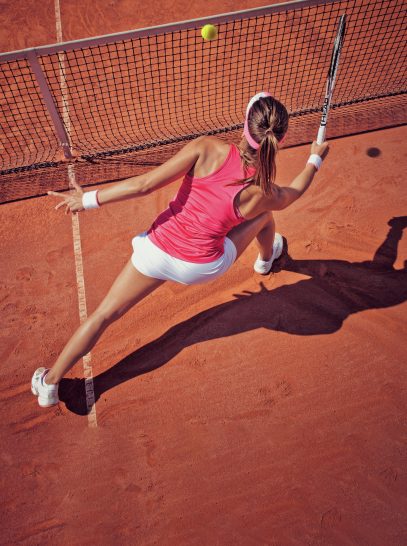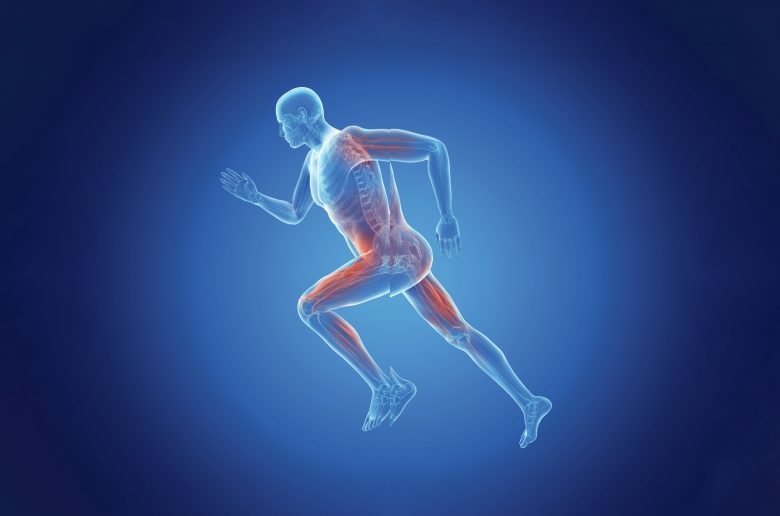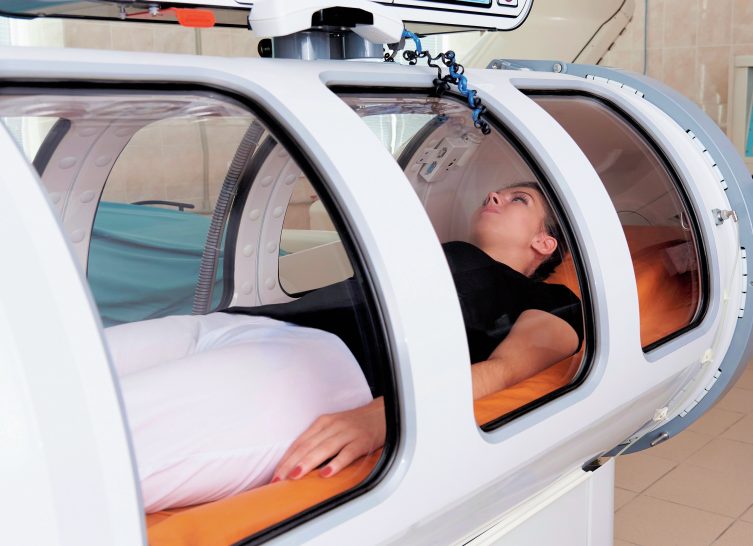Tanni Grey-Thompson’s sporting journey
The 11-time Paralympic champion looks back on her extraordinary sporting career
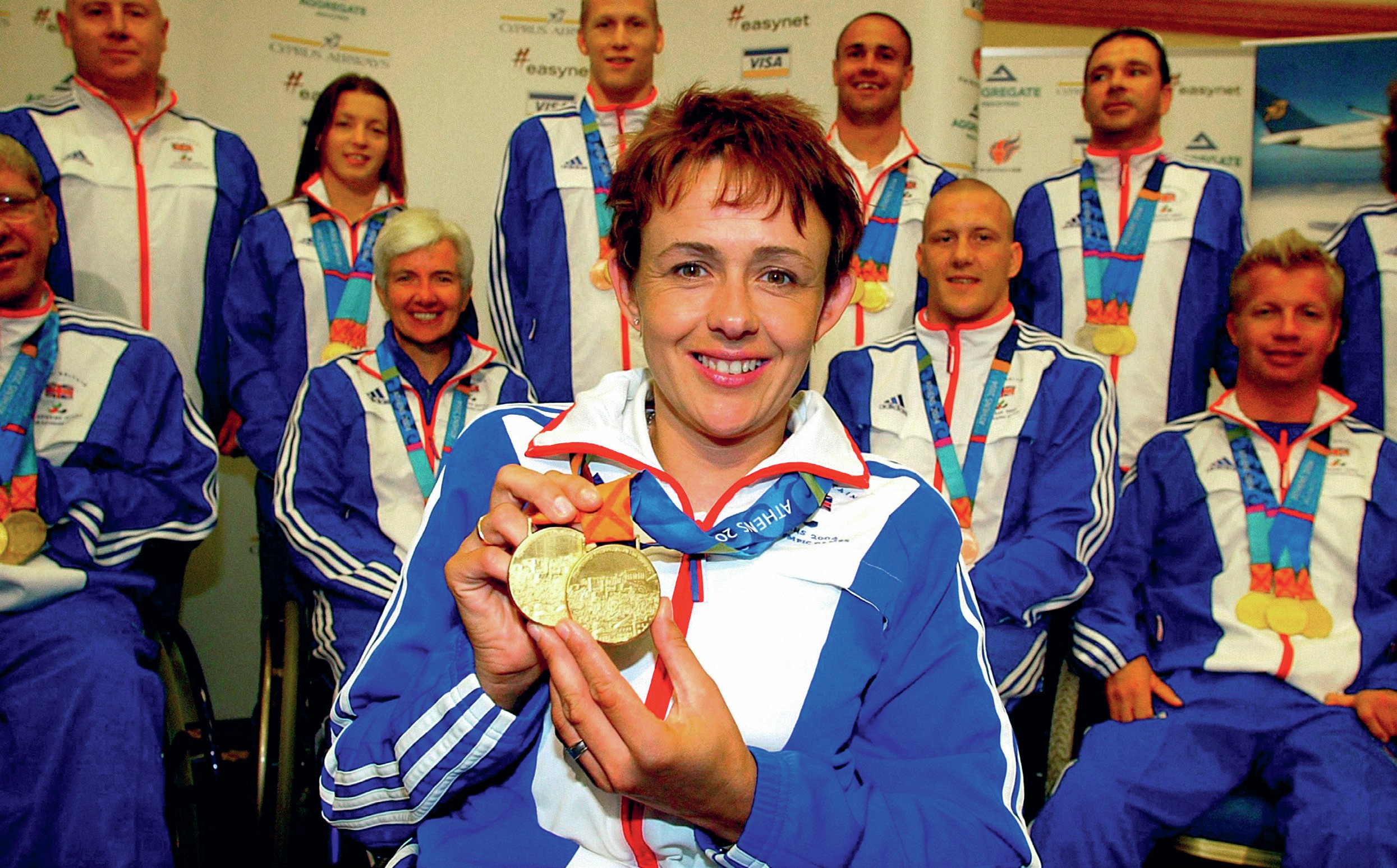
My family were really sporty. My dad played a lot of sport and my mum loved watching sport. I was quite a competitive child so it was an easy thing to funnel me into. I started using a wheelchair when I was about 6 or 7, I can’t really remember because I’d become paralysed over a period of years as my spine collapsed. I think my parents recognised that to push a chair around I needed to be fit and strong. It was about being active and being able to live an independent life. At the time, the 1970s, there was a different attitude towards disabled people, so what my parents did was actually really forward-thinking in terms of looking at what was best for me.
I grew up in Cardiff, so there were a lot of sporting opportunities and we had really good facilities. I went to a mainstream school and I think I was probably the only visibly disabled person, though the teachers included me as much as they could.
I loved basketball but I was completely useless at it. I remember going to Stoke Mandeville when I was about 12 and watching the British men’s team play and thinking it looked amazing. But we didn’t really have enough people to form a team and do training sessions, and I think I learned early on that if you’re not going to be able to train, then you’re not going to play well.
A rapid rise
My goal was to compete for Great Britain and I joined Bridgend Athletics Club. I had a great coach there called Roy Anthony, who had never coached a wheelchair user but just learned. By 17 I was in the national team
Roy had a big squad of girls, but he was an ex-police officer, so maybe that helped. We had a grass track in Bridgend and we used to train in the multi-storey carpark in the winter, sprinting up and down the ramps.
The atmosphere at Bridgend was great. We had a runner, Steven Brice, who was one of the best marathon runners in the world at the time. He was just part of the club and it was very friendly and open. It wasn’t elitist, even though we had Steve, who was incredible. It was a nice place to develop as an athlete.
First Paralympics
My first Paralympics was Seoul 1988, when I was 19. I didn’t expect to go and I was one of the last on the team to be selected, so I saw it as an opportunity to step up.
Seoul was a million miles away from Cardiff, or Loughborough, where I was studying at that point. It was the first time the Paralympics and Olympics used the same venues, though we had a different village. But it felt like there had been real evolution.
I was studying politics, and I had some time off at the end of the Games to do a bit of travelling around. There were a lot of protests against the US army, which still had a heavy presence there. I also dragged a couple of my fellow athletes to see the demilitarised zone.

The sport had an impact on the country and on people. Before the Seoul Paralympics, a lot of disabled children in homes or living on the street were given the opportunity to train and become athletes. If they won a medal they got a flat and a pension, so that was a huge motivation for them.
There weren’t many disabled athletes at Loughborough, so some of the training facilities weren’t accessible, including the track. A lot of the gyms weren’t accessible, so instead of trying to do my circuits with the athletic squad, I joined the mountaineering club. So even though my experience at Loughborough was quite mixed in terms of accessibility, I found a way through and kind of thrived in spite of the issues.
Racing and training
If someone asks me what my best ten races were, they’ll expect me to list Paralympic finals, but some of the best races I ever did weren’t at major games. I remember being in Gothenburg in 1995 and knowing on the start line that I was going to break the 400m world record. I think that’s the only time I’ve ever had that confidence. I remember looking at the wind direction using the flags in the stadium and thinking I just had to go for it.
You don’t get many days like that. Athens 2004 was a really difficult Games for me. I went from completely messing up my 800 m final, which was my strongest event, to come back and win the 100 m, which is my weakest. That 100 m is probably the best technical race I’ve ever done under that type of pressure. There were people who thought I shouldn’t have been at that Games, and a lot of interviewers asked if I was too old. I was 33…
A lot of what I remember is the stuff people don’t see: the camaraderie, travelling with your mates, coming back from Sydney on a team flight with 150 identical kitbags.
I liked training ten times a week; I’m not sure I liked training 15 times a week. But you have to do it. I liked training because it was a means to an end, because you can’t get in a team unless you’re in good shape. We generally trained for 49 or 50 weeks of the year and you’d have periods in that where you were dropping down or picking up.
I was able to train quite smart. We now call it prehab, but there wasn’t a word for it when I was competing. It basically means looking after your body. I was doing rotator cuff exercises, looking after my shoulders from my early 20s. My shoulders aren’t great, my elbows aren’t great, and there are a lot of other bits of me that aren’t great now, but they’re not as bad as they would have been. It’s not just about doing the training: it’s about your diet, it’s about sleeping, it’s about your chair, it’s about all the other things.
Beyond athletics
In terms of disability rights in the UK right now, I think it’s a really mixed picture. Some bits have got better, but I think some of the attitudes have got worse. The portrayal of disabled people seems to be that you’re either a Paralympian, so you must be all lovely and warm and cuddly, or you’re a benefit scrounger — there’s not a lot in between. In terms of getting into education and work, it is challenging. Some of the worst discrimination I’ve experienced has been in the last 5 years, worse than 30 years ago.
I remember thinking 30 years ago, in a couple of years racism will be gone from sport, but no. I think we do have these sort of cycles. I know you can’t blame austerity and Brexit for everything, but I think things like that do cause people to turn in on themselves. We’re not debating in politics, we’re not tackling issues in the NHS, universal credit, all these things, because Brexit swamped everything. Over the last 3 years we’ve just not done some of the things we should be doing.
To move forwards, I think it’s important just to treat disabled people as people. There’s a hashtag on social media, #askdontgrab, which Dr Amy Kavanagh started. As a visually impaired person she was constantly being walked across a road she didn’t want to walk across. So it’s things like that: just ask people, don’t just assume they can’t do things. When someone asks if me if I want help and I say, ‘No I’m fine thank you, but thank you for asking’, sometimes they will still try and help me.
Sometimes the power of social media is quite good. I tweet a lot about the trains, and one of the train operating companies said to me, ‘What will it take for you to go away?’ I said I just want the same miserable experience of commuting as everyone else. Now I’m in the House of Lords, if I write to a train operating company on headed paper, they pretty much have to reply, otherwise I’ll go to the transport minister. Sometimes it’s more effective to change attitudes and campaign through social media than through sitting in loads of meetings.
A lot of the stuff I learned from sport transfers really well into the House of Lords, in terms of finding people who share a similar view. It’s almost like getting your training group around you.
Equality and body issues
There’s so much pressure on young women, and increasingly on young men, to look a certain way. As if you will be happy if you have the right handbag. There’s this unreal world out there and some of the pressure on women to be a size zero is just ridiculous — it’s the size of a 12-yearold girl. It’s not possible to have that in a balanced environment.
Having a reality check is quite important, but I do worry about the pressures on young people. I guess that’s where we hope that sport might help and make a difference, but I know many sporty girls where the other side of their life is based on social media appearances and trying to aspire and conform to what’s there.
One of the challenges for female athletes is that it can still be based on how you look, especially with things like sponsorship. We’re now seeing more beauty products for men, so is there going to be more pressure on young men to look and behave a certain way, whether that’s having a lot of tattoos or having your hair cut in a certain way? I don’t think the pressure is going to go down, I think it’s maybe going to become more balanced, but in the wrong way. That’s pretty tough, and we have a lack of female coaches, a lack of female agents, a lack of women in leadership roles etc.
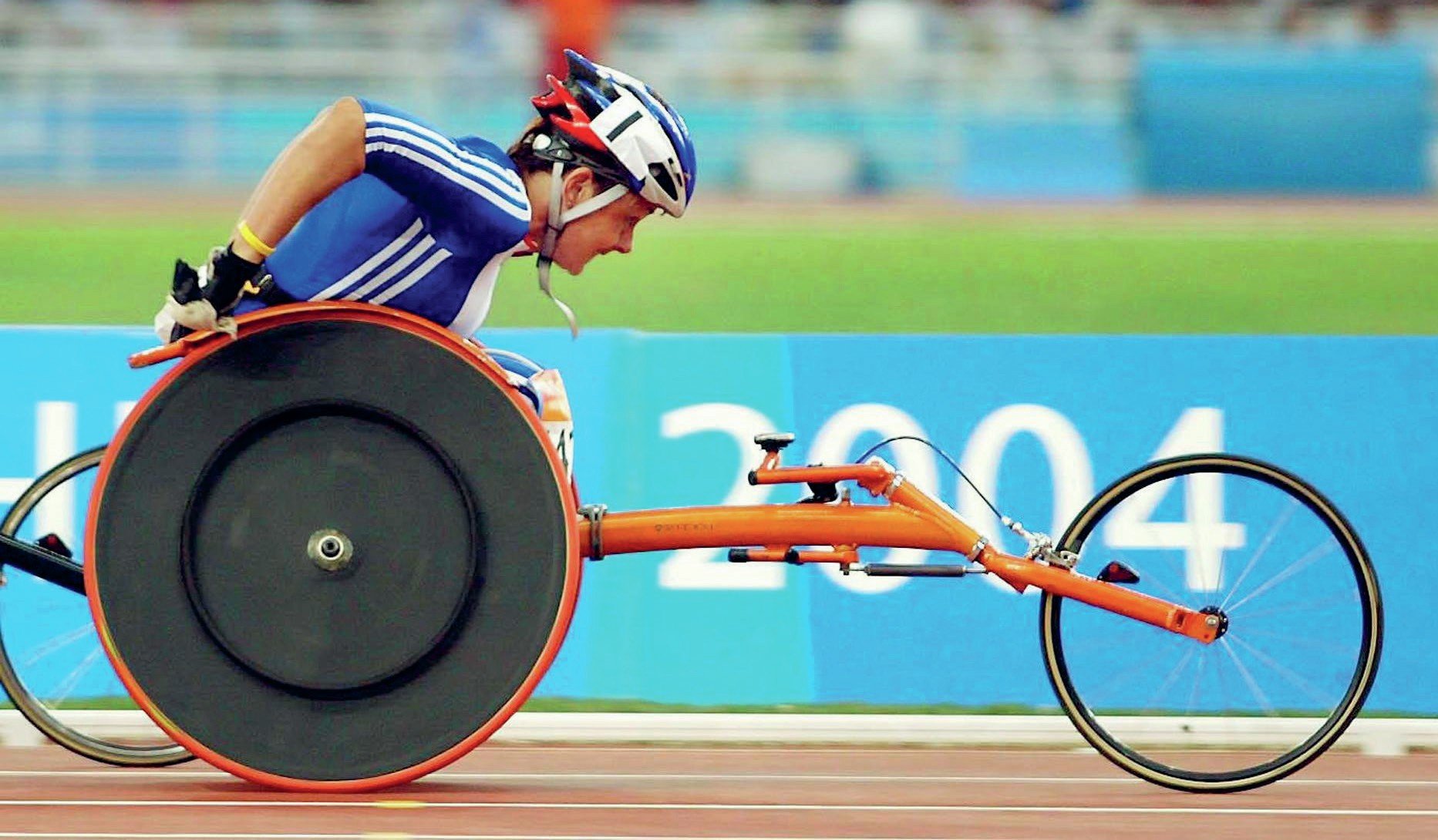
Legacy
Hopefully my legacy will not just be what I did on the track, because that for me was quite a personal thing and quite a selfish thing, and it’s what I wanted to do for myself. I’d love it if we had loads of women who think sport and physical activity is something for them and they feel part of it. Whatever I’m doing, I’d love to be able to have 40 women’s numbers that I can ring to ask for help, instead of 40 men and five women.
In my 20s I sat on the National Disability Council, which oversaw the implementation of the Disability Discrimination Act 1995. I had people who gave me a step up and who gave me a chance. I spend time with young athletes and women who are coming close to retirement to try and help them have some of those opportunities to learn and develop.
RESOURCE
Find more stories of trailblazing women in sport at www.fearlesswomen.co.uk/thegamechangers


